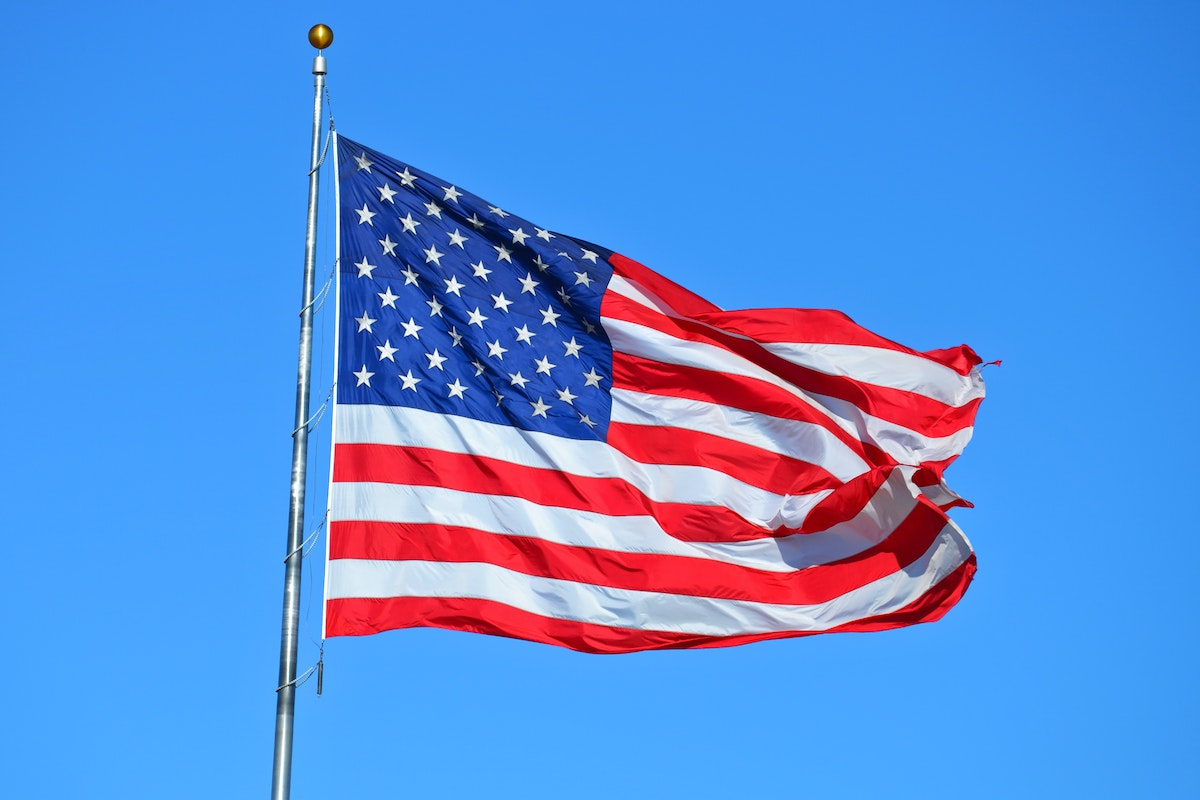The American flag, with its iconic stars and stripes, symbolizes pride, patriotism, and unity for millions of Americans. It flies high and proud during moments of celebration, serves as a somber reminder during mourning, and represents the enduring values of freedom and democracy.
Nevertheless, there are occasions when the American flag is deliberately displayed upside down, representing a gesture of profound and nuanced symbolism. What does it mean to display the American flag upside down, and why is this gesture used? This article will delve into the world of the upside-down American flag, exploring its meaning, historical significance, legality, and contemporary relevance.
The Upside Down Flag: A Symbol of Distress

At first glance, an upside-down American flag may appear to be a sign of disrespect or disregard for the nation’s symbol. However, it is essential to understand that in many cases, this inversion is not an act of disrespect but rather a symbolic signal of distress. In times of extreme crisis, distress, or emergency, individuals and groups may choose to display the flag in this manner to draw attention to the urgent need for help, change, or intervention.
The idea of using flags as signals of distress has a long history. At sea, mariners have traditionally flown their flags upside down to signal that their vessel is in dire straits. Similarly, using the upside-down American flag as a symbol of distress conveys a message of urgency, a call for assistance or intervention, often in response to situations that threaten the nation’s very fabric. It is an act that says, “We need help; our nation is in crisis.”
Beyond Distress: Interpretations of the Upside Down American Flag

While distress is the most common interpretation, the upside-down American flag can also convey other meanings. Some view it as a protest against government policies, war, or social injustice. It can be a form of political expression, a call for accountability, or a plea for unity in a divided nation.
In recent years, displaying the flag upside down has gained renewed attention as a form of political dissent. Activists and protesters have used this symbol to draw attention to issues such as racial inequality, police brutality, and environmental crises.
One notable event that exemplifies the use of the upside-down American flag as a symbol of political dissent comes from the nationwide protests following the death of George Floyd. In the summer of 2020, numerous news outlets covered the widespread demonstrations in which the inverted flag was prominently displayed alongside signs and banners. In this context, the flag served as a visual representation of the protesters’ demands for racial justice and equality.
Historical Roots: Upside Down Flags in American History
The practice of displaying an upside-down flag in the United States has deep historical roots. During the Civil War, Confederate forces occasionally flew the U.S. flag upside down as a symbol of rebellion. This act was a clear rejection of the federal government’s authority and a declaration of independence.
In more recent history, the American flag was displayed inverted by Vietnam War protesters as a powerful symbol of their opposition to the conflict. For these activists, the flag represented the government’s policies they vehemently disagreed with, and displaying it upside down was a way to express their dissent and call for an end to the war.
During the civil rights movement of the 1960s, the upside-down flag was also used to highlight the need for change and justice. African American activists and their allies often displayed the flag in this manner to draw attention to racial discrimination, segregation, and violence.
Is it legal to display an American flag upside down?
The legality of displaying an upside-down American flag is a complex and contentious issue. The United States Flag Code, while providing guidelines for respectful flag etiquette, does not explicitly prohibit displaying the flag upside down. The Flag Code is a set of guidelines and not legally binding. It provides recommendations on adequately handling and displaying the flag but does not carry any penalties for violations.
The Supreme Court has ruled in favor of individuals’ First Amendment rights to express themselves through such displays, emphasizing the importance of free speech. In the landmark case of Texas v. Johnson (1989), the Supreme Court held that flag burning, considered a more extreme form of flag desecration, was protected speech under the First Amendment. This ruling established a precedent that extends to other forms of symbolic expression involving the flag, including displaying it upside down.
However, it’s essential to note that while it may be legally protected, displaying the flag upside down can still be met with criticism and backlash from those who view it as disrespectful or unpatriotic.
Incidents When an Upside-Down American Flag Was Displayed
Throughout American history, there have been notable instances of individuals and groups choosing to display the American flag upside down to draw attention to various causes and issues. These incidents range from anti-war protests to calls for racial equality and justice.
During the turbulent years of the Vietnam War, anti-war activists frequently displayed the American flag upside down as a symbol of their opposition to the conflict. The flag, which had traditionally represented unity and national pride, was now being used to protest government policies that many believed were unjust and immoral.
In the civil rights movement, leaders like Malcolm X and Martin Luther King Jr. were known to speak out against racial discrimination while displaying the flag inverted. They saw the flag as a symbol of America’s unfulfilled promise of liberty and justice for all, and the upside-down flag was a way to call attention to the ongoing struggle for civil rights.
Why would an individual display the American flag upside down?
Understanding the motivations behind displaying the American flag upside down is crucial. Individuals who engage in this act often believe they can prompt change, raise awareness, or rally support for a particular cause. It is a form of symbolic speech that can be powerful and thought-provoking.
For some, displaying the flag upside down is an act of desperation in response to perceived injustices or crises. It is a way to say, “Our nation is in trouble, and we need to address these issues urgently.” It is a call to action, a plea for solidarity, and a demand for change.
The Upside Down Flag Today: Its Role in Modern America

In modern America, the upside-down American flag continues to be a potent symbol of dissent, distress, and activism. It is often seen at protests, rallies, and other gatherings where people seek to make their voices heard on pressing issues such as climate change, racial justice, and government accountability. Its continued use underscores the enduring value of free speech and expression in American society.
Environmental activists have adopted the upside-down flag as a symbol of distress in the face of climate change and ecological crises. They argue that the planet itself is in distress, and urgent action is needed to address environmental degradation and mitigate the effects of climate change. By displaying the flag upside down, they draw attention to the urgency of these issues and call for immediate action.
Similarly, movements like Black Lives Matter have used the upside-down flag to protest against systemic racism, police brutality, and social injustice. For these activists, the flag represents a nation that has yet to fully address its history of racial discrimination and inequality. Displaying it upside down is a way to demand justice and equality for all Americans.
The use of the upside-down flag is not limited to protests and other public displays; it has also found its way into popular culture. In recent years, various musicians have used the inverted American flag as a symbol on album covers, artwork, and promotional materials. This symbol has inspired streetwear collections, art installations, and fashion shows that explore cultural issues such as identity, racism, and freedom of expression.
Conclusion
The upside-down American flag is a symbol laden with historical context and contemporary relevance. While some may view it as a gesture of disrespect, it often serves as a powerful means of communication, drawing attention to issues of critical importance. Understanding the symbolism, legality, and historical roots of this practice is essential for appreciating the complexities of American expression and dissent.
In a nation founded on principles of free speech and the right to protest, the upside-down American flag remains a poignant symbol of both unity and dissent in the pursuit of a more just and equitable society. It serves as a reminder that the flag is not just a piece of cloth but a symbol of the ideals and values that Americans hold dear—ideals that sometimes require people to speak out and demand change when they believe those values are in jeopardy.
At the same time, it is important to remember that displaying the American flag upside down can be a controversial action that carries social and political consequences. It is an act that must be done thoughtfully and with respect for the nation and its founding principles. Ultimately, understanding this complicated symbol—and being mindful of its implications—is essential for any effort to foster meaningful dialogue in modern America.



